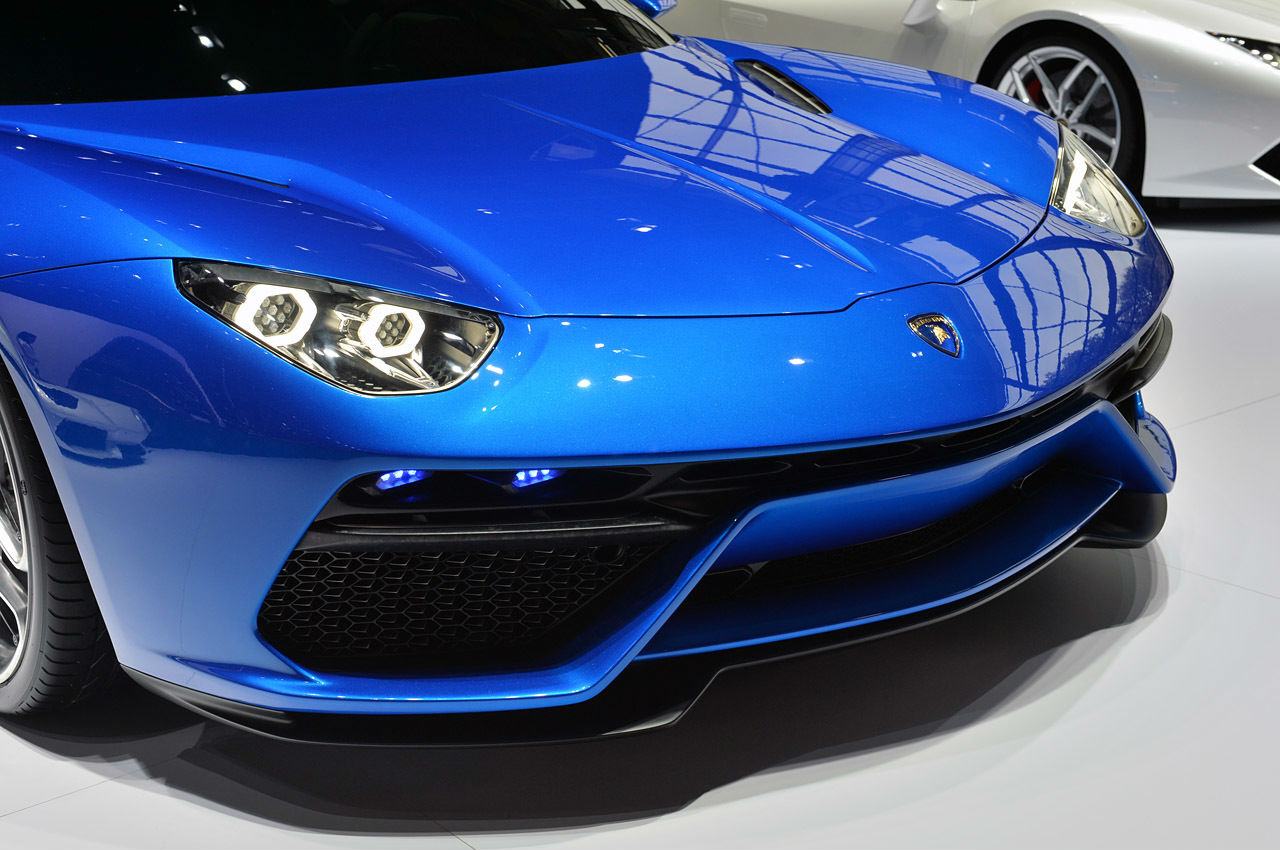Mozart’s Journey in the Footsteps of Bach
When the name, “Bach,” was mentioned in the late eighteenth century, the first composer to come to mind would probably have been Carl Philipp Emanuel Bach, the second son of Johann Sebastian. Mozart was referencing CPE, not J.S Bach, when he commented to his Vienna patron, Gottfried van Swieten, “Bach is the father. We are the children!” At the time, the dense complexity of baroque music was viewed as outdated, while the galant style of CPE and JC …







